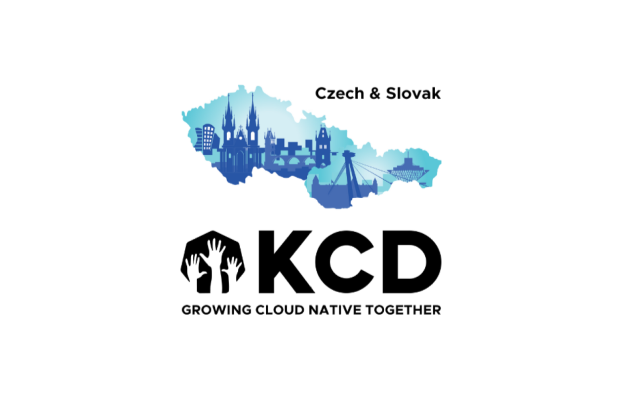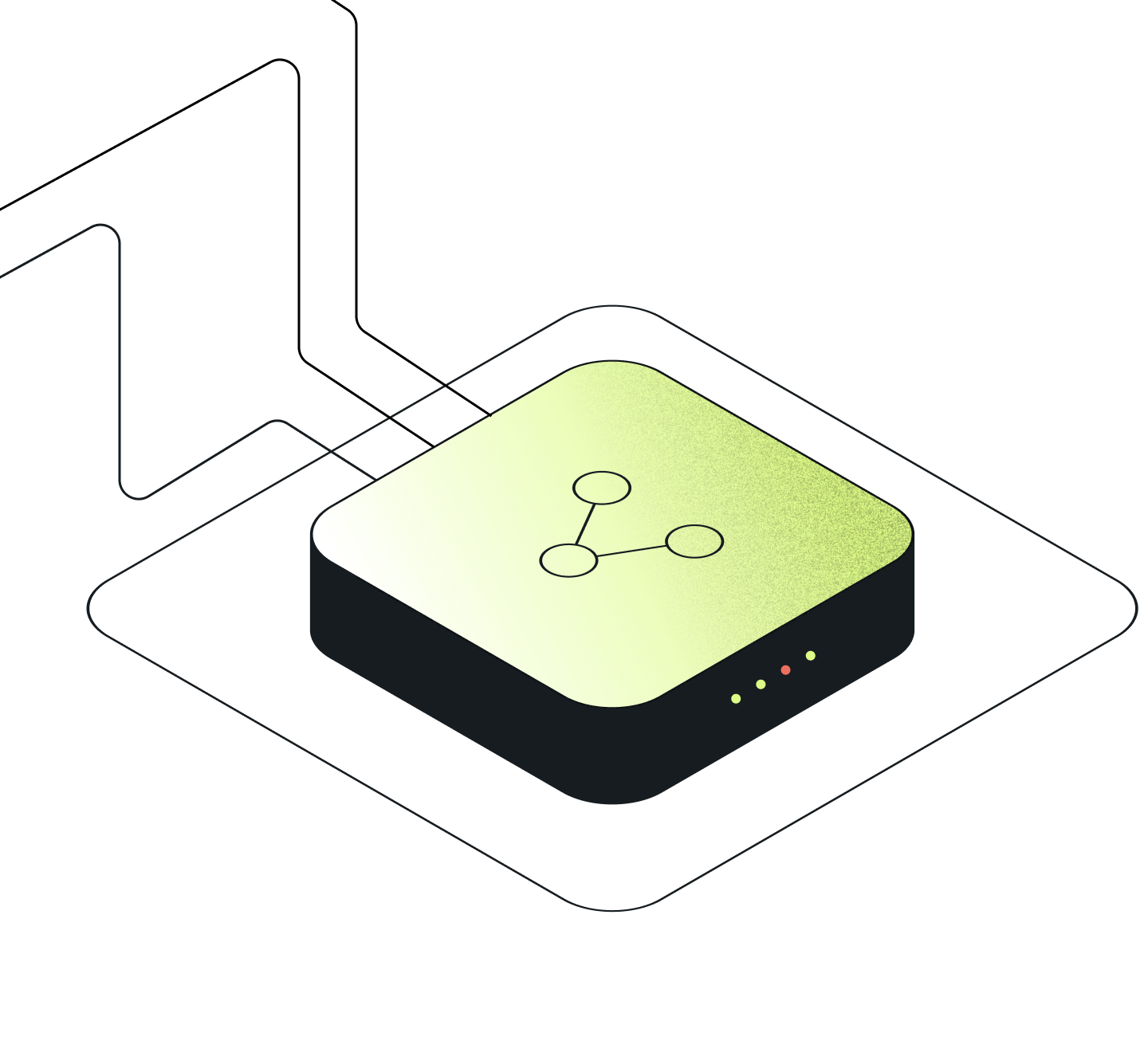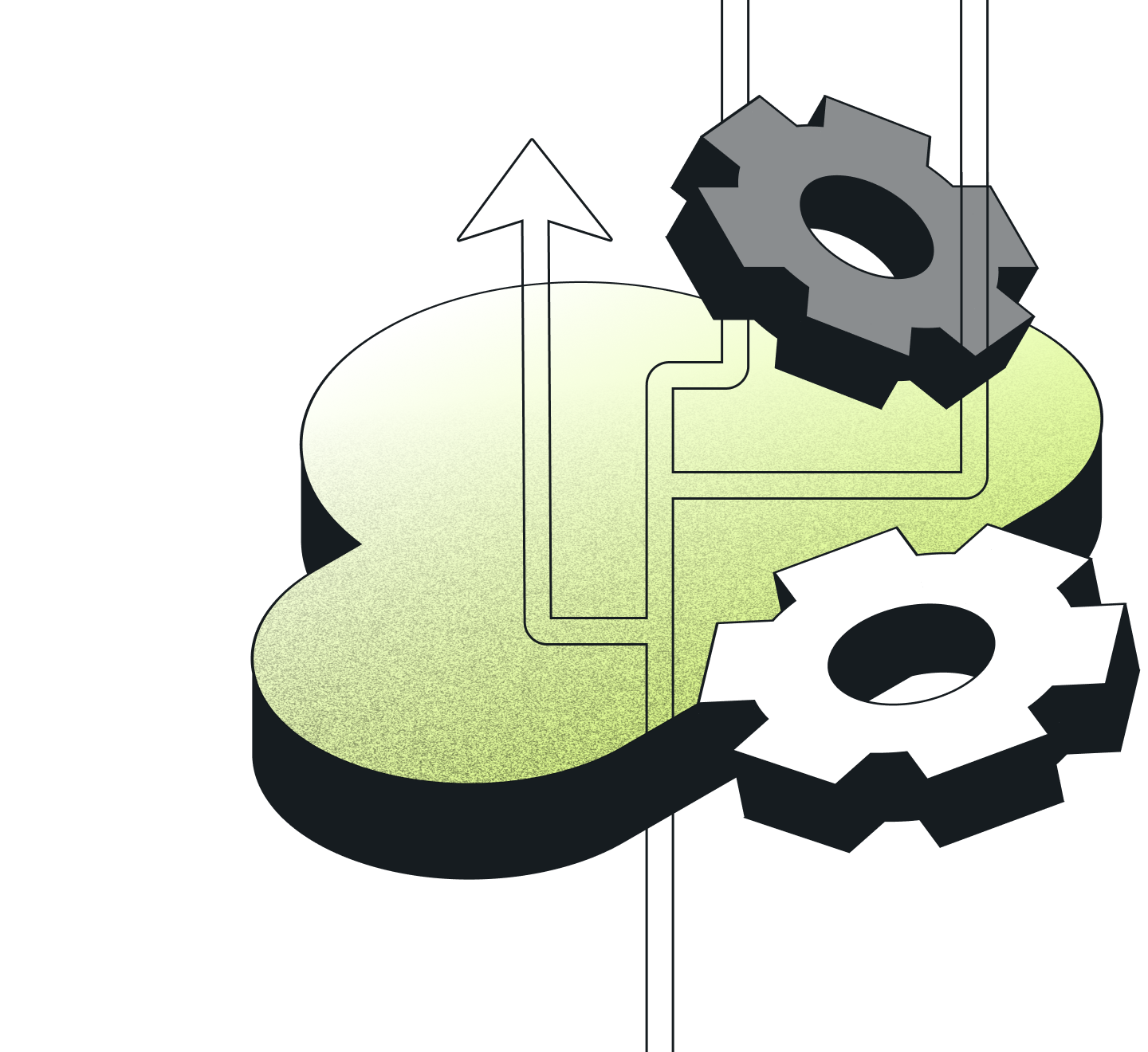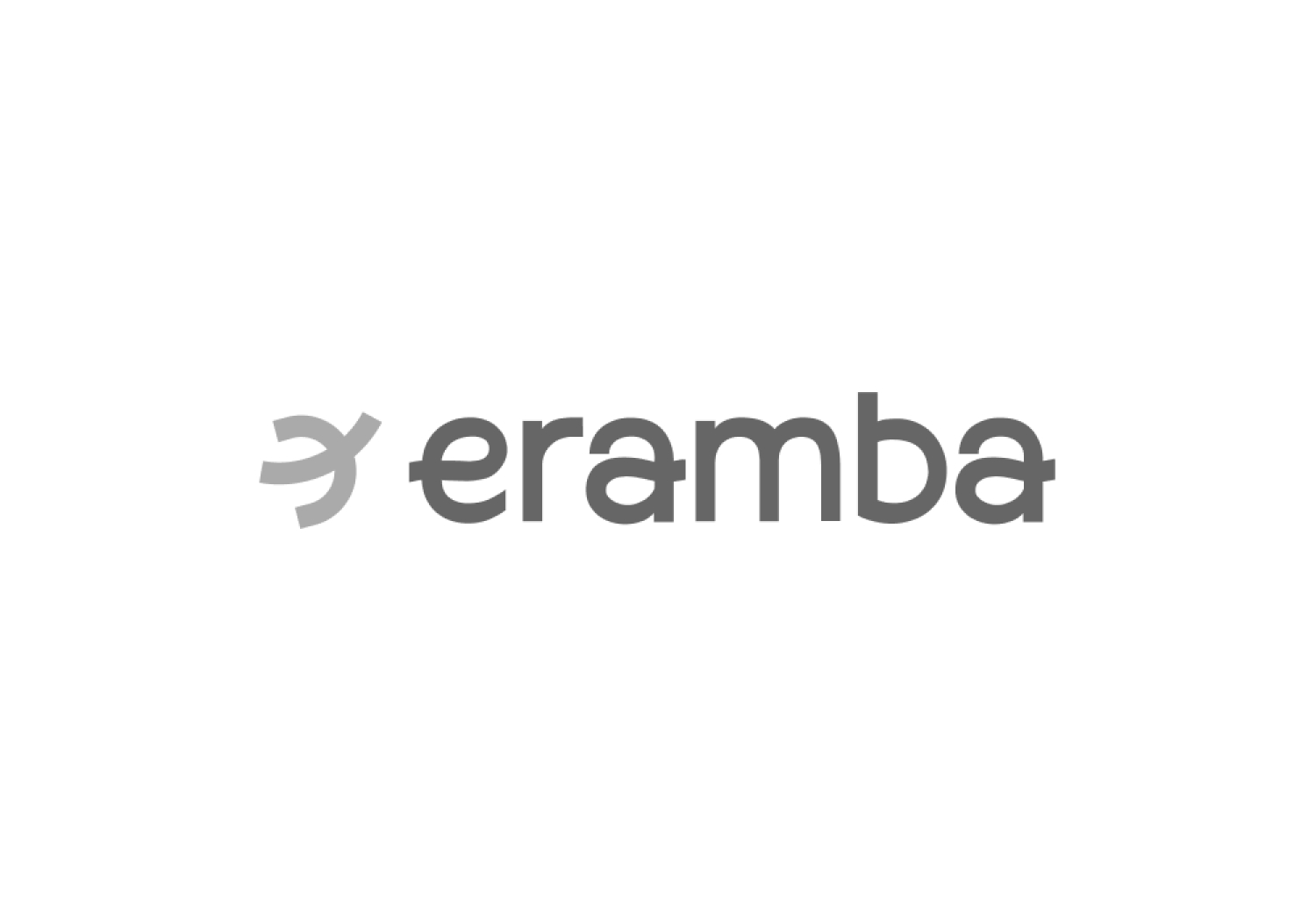As Dataddo was moving to a more mature product and application design, they were looking for a cloud native platform to run their applications, fast.
Technology Stack
- AWS EKS, Aurora, ElastiCache, OpenSearch
- Go, PHP, Vue.js
- PosrgreSQL, MySQL, MongoDB, Redis, RabbitMQ
- Terraform, Helm
- GitlabCI, ArgoCD, Prometheus, Thanos, Grafana
The Client
Dataddo is a cloud-based, no-code data integration and management platform that works with almost any online data service. The Dataddo app can transform and transfer data to a wide range of databases, DWH solutions, cloud storages and dashboards.
Challenge
Dataddo was looking for a cloud native platform they could trust and build their business around, including everything needed to run a cloud native and highly scalable application. Our LARA helped them get a platform which was:
- Auto scalable
- Autohealing
- Highly available
- Cost optimal
- Modular
- Observable
All of this was done with the emphasis on a quick time to market delivery.
Outcomes
Labyrinth Labs Reference Architecture helped them design and implement better infrastructure patterns and migrated their applications to EKS.
During our work we have implemented:
- CI/CD
- Monitoring
- Infrastructure as Code
- Account structure
- Application refactoring
15
microservices
100TB
data transferred monthly
Goals
As Dataddo was moving to a more mature product and application design, they were looking for a better platform to run their applications with many benefits like:
- autoscaling
- autohealing
- higher availability
- cost optimal solution
- modular design








